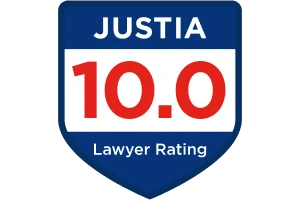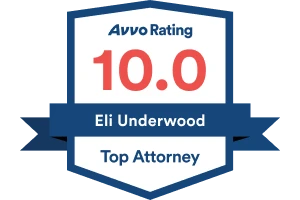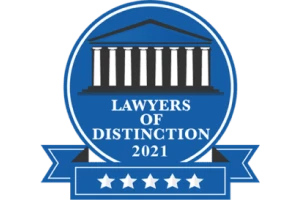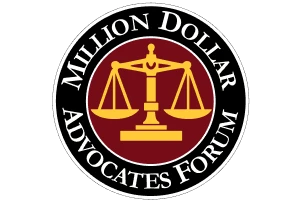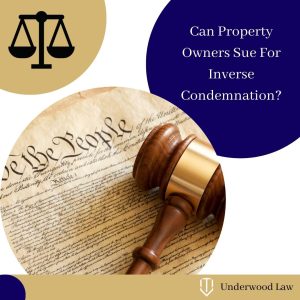
In certain situations, it is possible for a property owner to sue the government for inverse condemnation when the government refuses to permit development and that refusal results in a “taking” under the United States constitution. If the city, state, or federal government refuses to permit development, it must take away all or substantially all the reasonable use of the property in order to form the legal basis for an inverse condemnation lawsuit. Then, the basis for inverse condemnation is formed on the basis of the government’s refusal to permit development, and this can be a powerful legal remedy for property owners. The lack of reasonable use of the property is viewed with consideration of all of the impact on the personal landowner’s land in order to substantiate an inverse condemnation claim against the government. Read on to learn about what each of these important concepts means and how they could affect the right to your property if the government takes action or inaction against your property.
What is inverse condemnation?
On occasion, the government takes land and denies that they have taken anything from the landowners, whether it be through action or their own inaction. In order to remedy the situation, a property owner can bring an inverse condemnation lawsuit in court against the local, state, or Federal government. What happens next is called an “inverse condemnation” proceeding, or a court procedure that allows the property owner to ask for compensation from the government. Inverse condemnation occurs when a governmental entity takes property for public use, so the effect that the use greatly damages the value of the property owner’s property. In the constitutional law case Pascal Reservoir & Dam, LLC vs. Rhode Island, the court ruled that inverse condemnation occurred when the government regulation condemned some or all of the use of the property. The court ruled that the legal analysis to “value” the property is to see if the property owner’s value is so diminished that it is as if the government condemned the property. Inverse condemnation occurs when there is a governmental action or inaction that causes injury or damage to the property in question, and the property owner is not fairly compensated. Examples of this could include the Flint water crisis, the California wildfires, building an airstrip, or other noisy governmental entities near or on the property owner’s land. In the case Penn Central Transportation Co. vs. the City of New York, the court ruled that to test whether or not a regulation has amounted to a “taking,” there are a number of factors to consider. These factors include (A) the nature of the regulation; (B) the impact on the regulation of the real estate property; and (C) that the extent of the interference on the land owner’s economic expectations of the property.
What are the elements of an inverse condemnation action?
When the property owner brings legal action against the government, they must establish all of the following elements to prevail (or win) a legal action. These include:
- Property ownership,
- Taking of the property,
- A governmental agency must have contributed to or caused the injury to the property, and
- The property damage was caused by the governmental agency.
This means that to prevail in court, you must be either a property owner or have a legitimate interest in the property; the property must have been “taken,” as explained above; the governmental agency must have substantially participated in the action that caused injury to the property owner, and the property was damaged was caused by an invasion of the property owner’s valuable property rights.
What is eminent domain?
This concept dates back to the founding fathers and the constitution as it was originally written. Eminent domain is when the government can take your private real estate property without your consent. However, there are several limitations to the “taking” of a private citizen’s property under eminent domain regulations. These include that the property must be used for the public benefit, the state or government must pay “just compensation” in exchange for the property, and no person or property owner may be deprived of his or her property without the due process of law.
What is the difference between inverse condemnation and eminent domain?
Eminent domain is initiated and started by either the local, state, or federal government. The opposite is true for inverse condemnation- the property owner initiates this process. The court arguments for inverse condemnation often end up in land-use disputes and disputed governmental development restrictions. However, the court arguments for eminent domain usually argue over the “just” price that the government offers when “taking” a private citizen’s property. While both court procedures of inverse condemnation and eminent domain arise from the 5th Amendment of the United States Constitution, there are important differences in the use of the “takings” clause. While eminent domain argues over the “just” price in the takings clause, inverse condemnation legal actions seek to remedy the private property owner’s damage that they allege the government already did without initiating any formal or court-ordered legal process.
When can the government refuse to permit development?
The government can refuse to permit development via ordinances of zoning. Ordinances of zoning do not constitute the concept of “taking” of property for public use, and therefore even if the property value is diminished, there would be no claim against the government by a private property owner if it is a zoning ordinance.
Contact Underwood Law Firm, P.C. to help you with your inverse condemnation case
Real estate litigation, particularly when you are involving constitutional rights and the government, can be very long and cumbersome. Both eminent domain and inverse condemnation cases are very complex and highly technical court cases. It is best to seek out the help of knowledgeable and experienced attorneys, such as the ones that work at Underwood Law Firm, P.C., so that you have the best chance of prevailing over your case or achieving the largest settlement possible against your local, state, or federal governmental entity. Go here to get more details.



